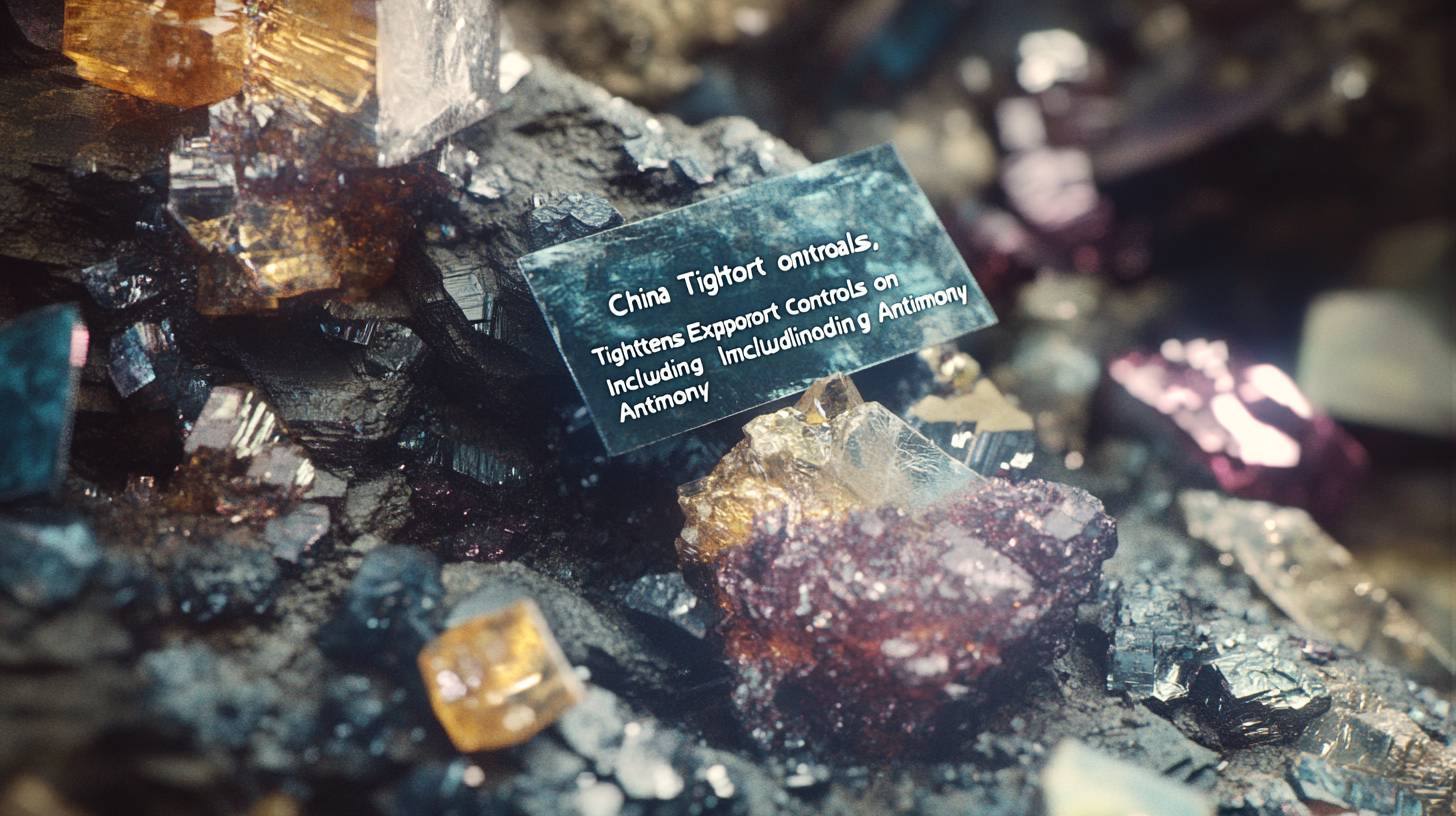
Effects of China’s export limitations on worldwide antimony pricing
The recent initiative by the Chinese government to enforce stricter export limitations on antimony is likely to have a considerable effect on worldwide prices. As the predominant producer globally, China contributes a significant share of the supply, boasting a production output of 40,000 tonnes in 2023. This amount is almost double that of the closest competitor, highlighting China’s commanding role in the market.
These updated restrictions are anticipated to lead to a supply bottleneck, increasing prices as international purchasers race to obtain scarce resources. The cascading effects of this policy shift are expected to resonate across diverse sectors that depend on antimony, such as electronics, flame retardants, and battery production. Investors should brace for heightened volatility in the antimony market, with possible opportunities emerging from price swings.
For investors in Australia, this scenario offers both hurdles and possibilities. Firms with current antimony reserves or those investigating alternative sources may experience a spike in interest and valuation. On the other hand, sectors reliant on antimony imports might confront rising expenses, impacting their profit margins. As developments unfold, remaining informed and adaptable will be essential for maneuvering through the evolving antimony market landscape.
China’s strategic dominance over essential mineral resources
China’s strategic dominance over essential mineral resources is a deliberate action that goes beyond simple economic factors. By tightening its hold on antimony exports, China is solidifying its role as a crucial participant in the global supply chain of vital minerals. This strategy focuses not only on maintaining economic power but also on establishing a strong geopolitical position amidst increasing global competition for resources.
Antimony, a key element in numerous high-tech applications, is just one of the various minerals where China exerts considerable influence. The country’s capacity to sway global supply and pricing patterns grants it a formidable leverage in international trade discussions. For Australia, abundant in mineral resources, this situation poses both challenges and opportunities. Australian mining enterprises might potentially bridge the supply gap created by China’s restrictions, positioning themselves as alternative providers in the international market.
Nevertheless, this opportunity presents its own complexities. Australian companies must navigate the intricacies of scaling production, ensuring sustainability, and fulfilling international requirements. Furthermore, the geopolitical ramifications of China’s strategic moves must not be overlooked. As nations worldwide work to diversify their supply chains, Australia could serve a vital role in delivering a stable and dependable source of critical minerals.
Investors ought to diligently observe developments in this domain, as fluctuations in China’s export regulations could have extensive consequences on global markets. The interaction between supply limitations and geopolitical maneuvers will likely drive substantial market shifts, providing both risks and advantages for those sensitive to the intricacies of the mineral resource landscape.

